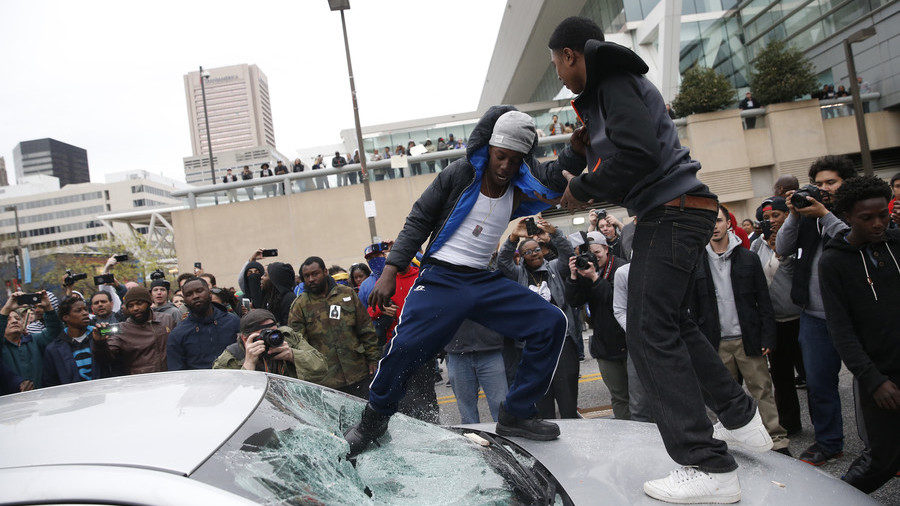OF THE
TIMES
You don't need a computer to figure out when the violence will escalate: it will occur. It will happen when the cops and their agents provocateur "kick off 'the Festivities." (I saw it happen repeatedly in the 1970s; e.g., Led Zepplin at Tampa in Summer 1977...R.C.
h
We'll know our disinformation program is complete when everything the American public believes is false.
My brother-in-law - a wonderful man - went through this stage of living in a constant dream world not long before my sister-in-law had to realize...
Absolutely no money laundering going on here....
Standup comedy. He's got a substantial repertoire of Russky jokes.
Pretty much my whole life, I've told people overseas that I'm not "American", I'm from Texas, and that Texas is not actually part of the U.S....
Insurance based on innuendo, great policy.
To submit an article for publication, see our Submission Guidelines
Reader comments do not necessarily reflect the views of the volunteers, editors, and directors of SOTT.net or the Quantum Future Group.
Some icons on this site were created by: Afterglow, Aha-Soft, AntialiasFactory, artdesigner.lv, Artura, DailyOverview, Everaldo, GraphicsFuel, IconFactory, Iconka, IconShock, Icons-Land, i-love-icons, KDE-look.org, Klukeart, mugenb16, Map Icons Collection, PetshopBoxStudio, VisualPharm, wbeiruti, WebIconset
Powered by PikaJS 🐁 and In·Site
Original content © 2002-2024 by Sott.net/Signs of the Times. See: FAIR USE NOTICE

Some of them were even smart enough to switch from sophisticated 'prediction' to simple 'PID' control.
Shalom